Ancient financial center of the Middle Kingdom: Pingyao
Updated: 2016-07-13 12:43
By Irene Baró Ros(chinadaily.com.cn)
|
||||||||
 |
|
The Ancient City of Pingyao [Photo provided to chinadaily.com.cn] |
The center of Pingyao is one of the greatest historic sites of China. Declared in 1997 a World Heritage Site by the UNESCO, Pingyao gives us insight into the ancient prosperous merchant pioneers, the ones that established the first banks in China during Ming and Qing dynasties (14th-20th centuries).
Business started to flourish in this area expanding gradually abroad to other provinces and Russia and Japan thanks to different aspects converging in the ancient Jin State and China.
A favorable geographic position of Shanxi province - close to Beijing and transit point to Mongolia and surrounding provinces; a province rich in mineral resources that also contributed to the development of handicraft and manufacturing industries; a bunch of ambitious Jin merchants, comparable to nowadays famous successful entrepreneurs, ready to take the risk and develop their own business through trading, teahouses and money lending; good relations with officials - originally receiving commissions for transporting food supplies from them; and a unified market in China during Qing and Ming dynasties that allowed them to travel all around the country.
So Pingayo was back then the financial center of the Middle Kingdom that started to use checks and deposits for merchants, common people and even for the Qing government. Though there has been evidence of money lending activity since ancient times, the first bank was established in 1920 in Pingyao. Due to Jin merchants business abroad, banks also started offering currency exchange.
Later in the 19th and early 20th centuries, 57 branches of the same bank were spread around China. These facts were an incredible step towards nowadays bank system in China.
Thanks to its previous wealth and decline at the end of Qing dinasty, that let preserve the old city as it use to be far from modernization tyranny, Pingyao is today an outstanding example of traditional architecture of the Han society. Its well-preserved city center shows the evolution of different constructive styles and town planning in Imperial China over five centuries. Main interest for visitors are buildings related to banking, merchant families’ mansions and temples that show a complete picture of the economic, social, cultural and religious framework of that time.
When you visit Pingyao you can easily imagine yourself travelling back in time, being surrounded by the typical picture of a Chinese we all foreigners have in our mind: men dressed in traditional long tunics, front of the head shaved off and the remainder of their hair braided into a long queue, long and thin moustache, a smiling face greeting you by raising hands in front of his chest, with an open hand wrapped around a clenched fist meanwhile you walk down the street.
If you look for the timeless China, Pingyao is your perfect destination!
- The South China Sea Arbitration: Illegal, Illegitimate and Invalid
- Theresa May set to be UK's next Prime Minister after rival stands down
- Killing of UN Chinese peacekeepers slamed
- UK's Cameron hums merry tune after announcing PM handover moves
- Manhattanhenge seen in New York
- Philippine, Japan coast guards to hold exercise off Manila Bay

 Tim Duncan announces retirement after 19 seasons with Spurs
Tim Duncan announces retirement after 19 seasons with Spurs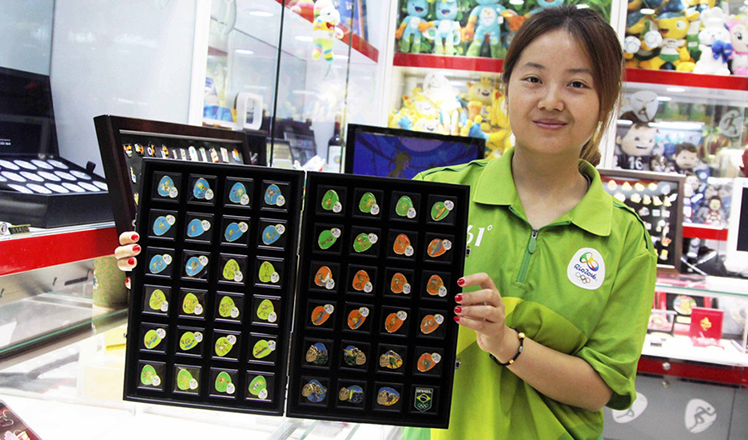
 Merchandize for Rio 2016 a hit in run-up to games
Merchandize for Rio 2016 a hit in run-up to games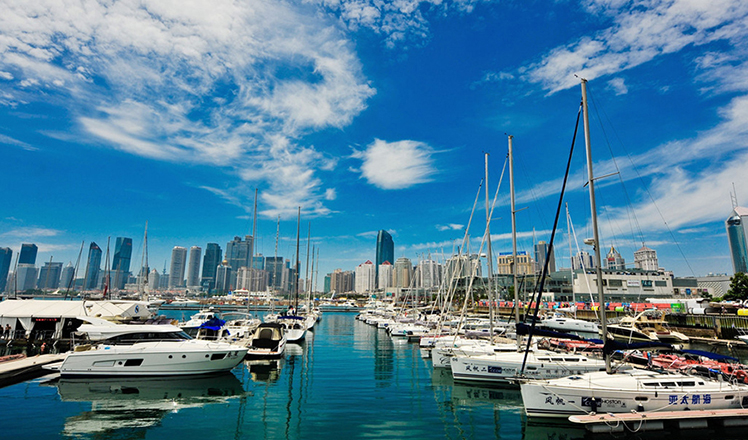
 Top 10 best Chinese cities to own a house
Top 10 best Chinese cities to own a house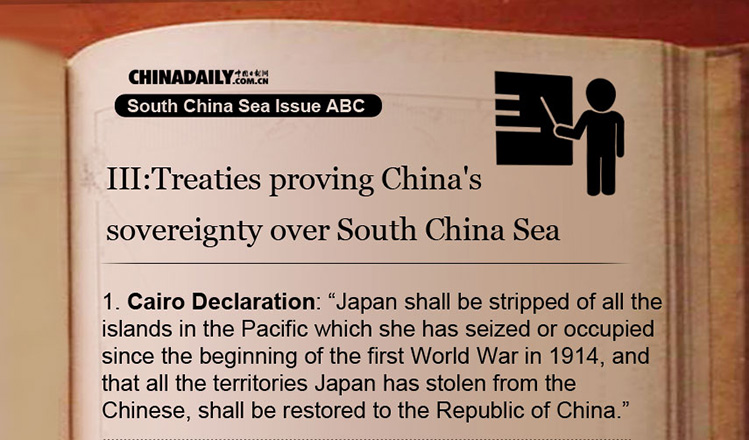
 Getting to know South China Sea Issue
Getting to know South China Sea Issue
 Ronaldo-less Portugal wins Euro 2016 title
Ronaldo-less Portugal wins Euro 2016 title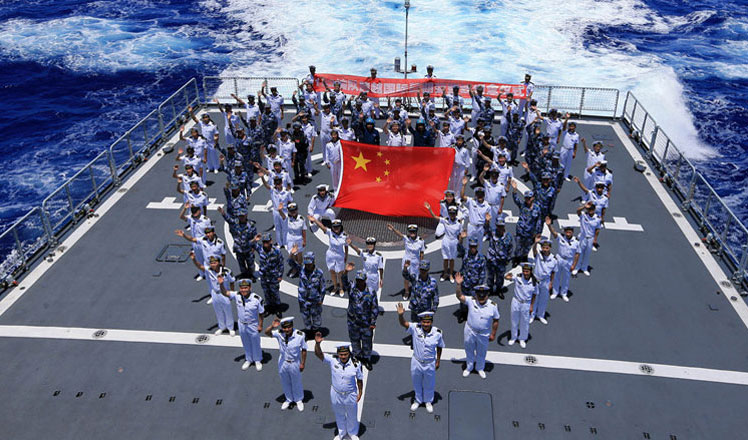
 Chinese navy fleet joins RIMPAC 2016 open day
Chinese navy fleet joins RIMPAC 2016 open day
 Staying cool at the zoo amid Shanghai heat wave
Staying cool at the zoo amid Shanghai heat wave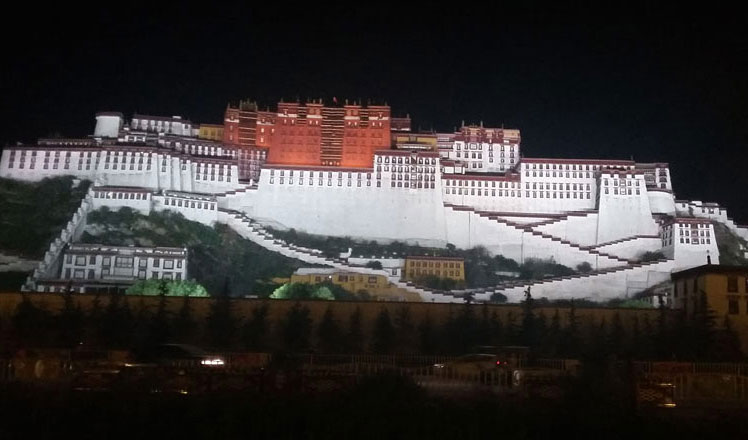
 Tibet through the lens of China Daily reporter
Tibet through the lens of China Daily reporter
Most Viewed
Editor's Picks

|

|

|

|

|

|
Today's Top News
Ministry slams US-Korean THAAD deployment
Two police officers shot at protest in Dallas
Abe's blame game reveals his policies failing to get results
Ending wildlife trafficking must be policy priority in Asia
Effects of supply-side reform take time to be seen
Chinese State Councilor Yang Jiechi to meet Kerry
Chinese stocks surge on back of MSCI rumors
Liang avoids jail in shooting death
US Weekly

|

|







